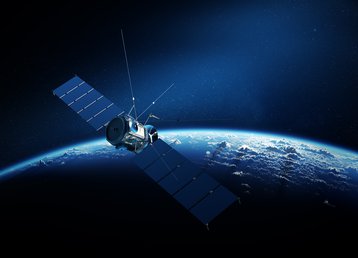Sateliot has announced its set to launch its first functional nanosatellite in Q1 2023 aboard a SpaceX Falcon 9 rocket.
The nanosatellite telecommunications company says the move will speed up the adoption of IoT devices at a cheaper cost, with any eligible IoT device able to connect.
According to the company, the technology will enable anyone with a standard 5G device to stay connected anywhere in the world, while this 5G connectivity is anticipated to support the logistics, agriculture, maritime, energy, utilities, transportation, and environmental sectors.
To date Sateliot has launched two satellites, and plans to launch four more by the end of 2023, says its CEO Jaume Sanpera, who adds that the "current Satcom technologies are amazing but too niche and expensive for the average user," and that Sateliot's 5G satellite network provides anyone with an IoT device to get a clear cellular signal.
"Our nanosatellite network will benefit everyone across every sector by granting access to coverage that’s just as robust on a yacht as it is in the most rural areas where traditional networks can’t reach," said Sanpera.
"This is a once-in-a-lifetime disruptive technology that will change the world for the better, and we’re thrilled that Sateliot is making this breakthrough possible."
Sateliot claims that its technology can help boost precision agriculture production from $250 billion to $500 billion by the end of the decade, with potential cost savings in other sectors.
In September, the company partnered with Amazon Web Services (AWS) to build a cloud-native 5G service to provide its customers with narrowband IoT (NB-IoT) connectivity. The Spanish satellite telecommunications operator will provide this NB-IoT connectivity via a non-terrestrial network using its Low Earth Orbit (LEO) satellite constellation.







